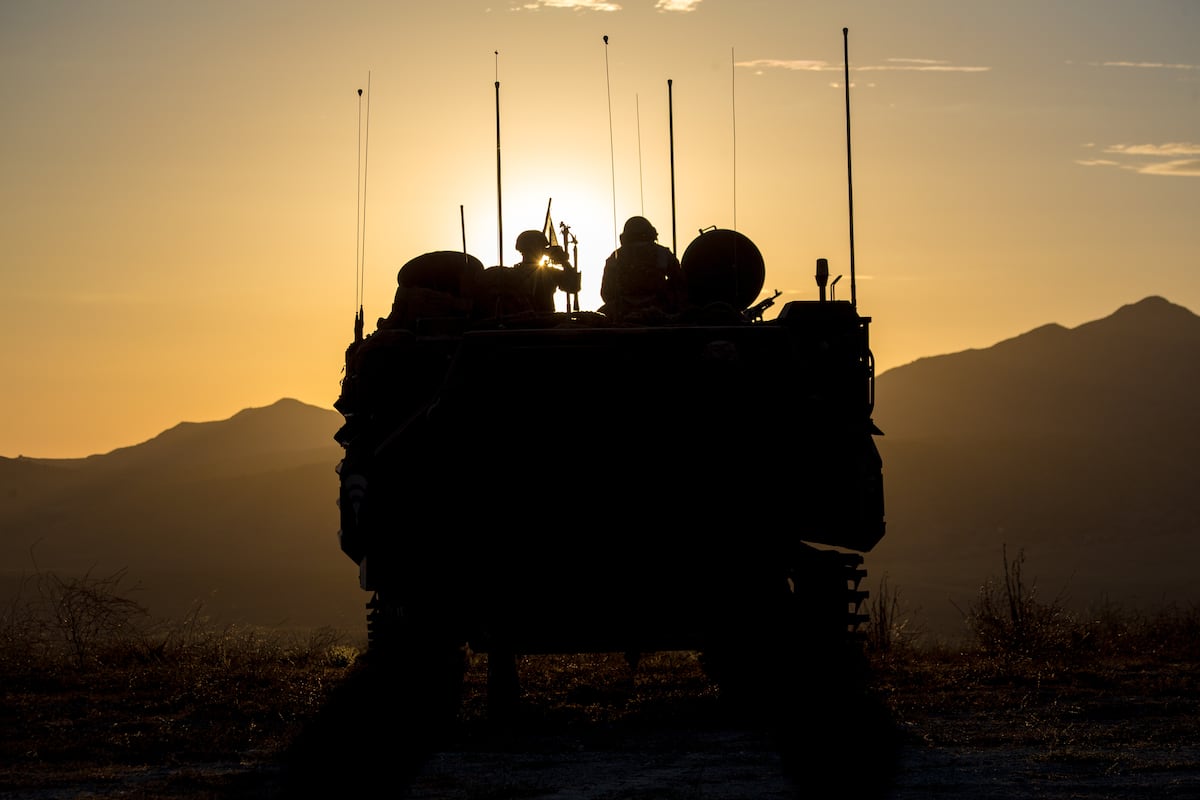Key Takeaways
- The Assault Amphibious Vehicle (AAV) was officially retired on September 26, marking over 50 years of service in the Marine Corps.
- The AAV is replaced by the Amphibious Combat Vehicle (ACV), which has faced its own challenges since being introduced.
- The AAV’s legacy includes its critical role in amphibious warfare and the sacrifices of the Marines who operated it.
Historic Retirement of the Assault Amphibious Vehicle
The Assault Amphibious Vehicle (AAV), a crucial component of Marine operations from Grenada to Iraq, was officially decommissioned on September 26. At the ceremony, Col. Lynn Berendsen, commander of the Assault Amphibian School at Camp Pendleton, highlighted the significant role of the AAV in enhancing mobility and armored protection for Marines. Berendsen emphasized that the AAV was more than a transport; it was central to Marine Air Ground Task Force operations and played an important part in various combat scenarios.
The AAV, developed by United Defense under a contract worth $78.5 million in 1972, succeeded the Landing Vehicle, Tracked (LVT), which had its combat debut in Guadalcanal during World War II. Over its service life of nearly fifty years, the AAV underwent multiple updates to enhance its firepower, maneuverability, and safety features, adapting to modern combat requirements.
However, decision-makers deemed it time for an upgrade in 2018, leading to the introduction of the eight-wheeled Amphibious Combat Vehicle (ACV). The ACV has been in the field for several years but faced criticism following a tragic accident in 2020 that resulted in the deaths of eight Marines and a sailor when their AAV sank during a training exercise off the California coast. Investigations revealed issues such as inadequate training, vehicle maintenance failures, and lapses in safety protocols contributed to the incident. As a result, Maj. Gen. Robert Castellvi was dismissed as Inspector General for his inability to ensure proper training for Marines.
While the ACV represents a modern approach to amphibious warfare, it has also encountered significant operational challenges. The Marine Corps temporarily halted waterborne operations between September 2021 and January 2022 due to a tow rope problem and subsequently suspended operations again after a vehicle rollover incident in July 2022. Although the ACV resumed operations in late September 2022, further mishaps led to training limitations in unstable conditions. The vehicle finally demonstrated its capabilities in a live-fire exercise in Oyster Bay, Philippines, in May 2024.
Col. Berendsen concluded the retirement ceremony by honoring the legacy of the AAV, acknowledging not only its capabilities but the many Marines who trusted and depended on it during crucial missions. The decommissioning of the AAV marks the end of an era, symbolizing the evolution of Marine Corps technology and tactics in amphibious warfare.
The content above is a summary. For more details, see the source article.















